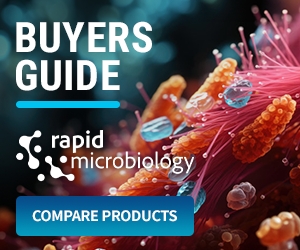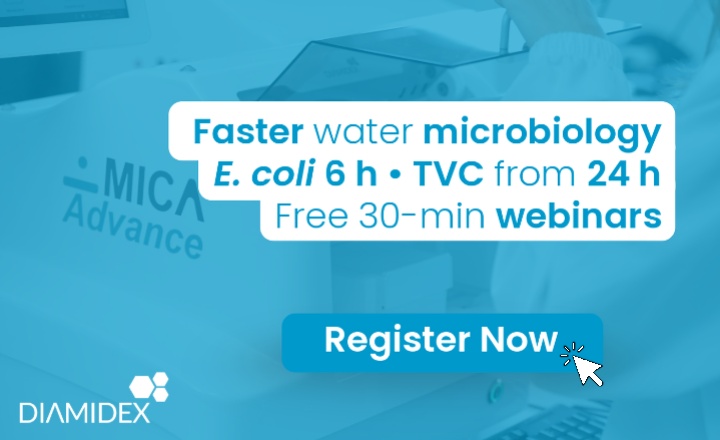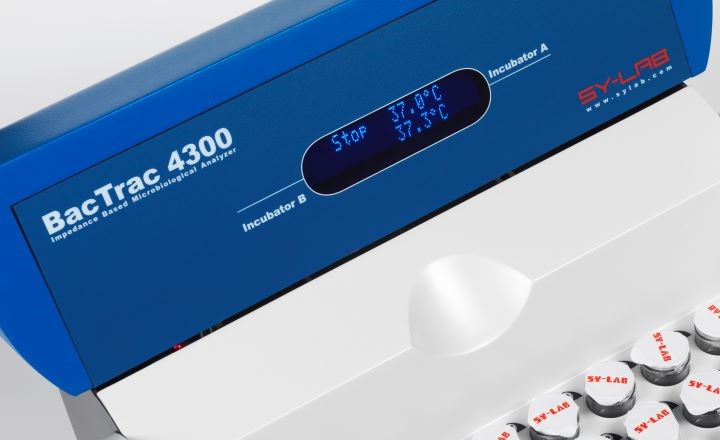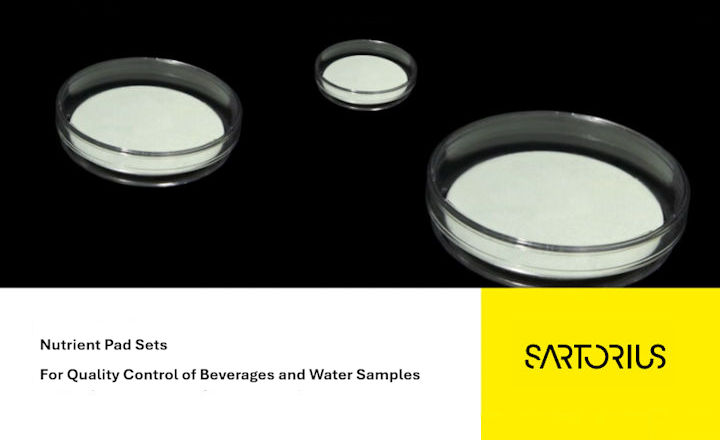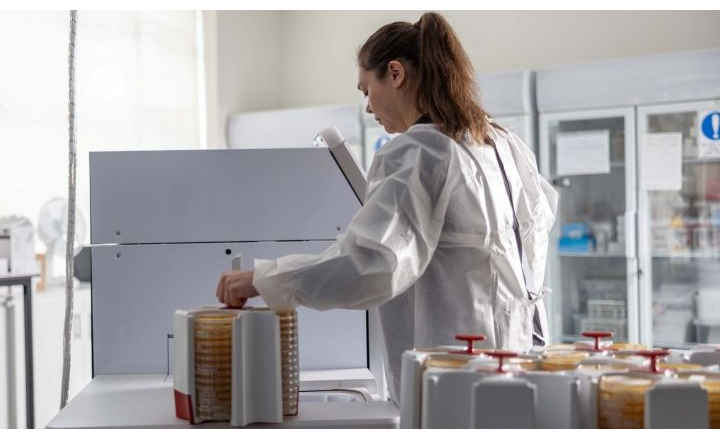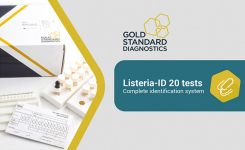PathogenDx, Inc., has released the first quantitative microarray-based test for microbial testing of cannabis. The PDx-Quant™ can determine whether or not a sample exceeds a state or a federal regulatory agency's specific standards. This one-stop microbial testing technology delivers a completely different level of capability to the market - taking the industry from merely passing regulations on a state by state basis – to implementation and testing for microbial load in a cannabis sample and providing a corresponding colony-forming unit (CFU) count from that data, while at the same time resolving the individual microbial species in the sample to help determine the microbes that are pathogenic or benign.
In making the announcement, PathogenDx CEO and co-founder Milan Patel said, "We have been working for three years to achieve the goal of quantifying biological organisms in cannabis testing on a microarray platform. This has never been done before, especially in a market such as the cannabis sector, and has direct applicability to other markets such as food safety, agriculture and water testing."
Patel continued, "It is unprecedented, as the level of information delivered from this test will provide better information on the purity and safety of the product. In addition, a breakthrough of this magnitude can provide regulatory agencies the opportunity to set this as a new standard for cradle to grave microbial testing. We are all familiar with the challenges regulatory agencies face in setting testing standards, but this is a major advancement. Our scientists have developed an innovative approach, leveraging microarray technology to determine the quantity of microbial content in a sample relative to a specific testing standard. Given the DNA-based nature of the technology, this allows for a more precise approach in determining the microbial load with respect to safe and purity levels in products within the cannabis and botanical markets."
"In addition, knowing that different U.S. states and governments around the world will have their own microbial testing standards, our technology can readily be incorporated to those standards, as well as adapting to regulations changing over time. In addition, the company has maintained its leading-edge testing turn-around performance within 6 hours, while plate-culture methods still take a minimum of 48 to 72 hours or more for results, allowing labs across these markets to process samples faster, while ensuring safety to the customer," Patel concluded.
Dr. Michael Hogan, Chief Scientist and co-founder of PathogenDx, a microrray expert and developer of the PathogenDxtechnology platform said, "Leveraging this technology for the cannabis testing industry is exciting because it will allow state regulators to set standards, test microbial contamination against those standards, as well as provide the ability to test multiple organisms at once, all as a single, highly-parallel microbial DNA assay. The test provides customers and regulators with quantification as to whether a sample passed or failed with respect to state-determined standards."
"Additionally, by exploiting the high-parallelism of microarray technology, the test also provides customers with an explicit breakdown of the type of microbes in the sample, thus providing important 'contextual data' which can be used by growers to improve and refine their product or provide information to regulators about the safety of cannabis product in their state. We feel that the ability to deliver such data richness is a major advancement for the cannabis industry and regulators will find the breadth of data provided by the PDx-Quant™ test to be beneficial to the cannabis industry and to public health in their state," Dr. Hogan concluded.
"As the cannabis industry moves past 'just passing' state testing and moves from 'clean' to 'super clean' as all the great global brands differentiate themselves, this technology will be key to their success. I am excited about this scientific breakthrough because in addition to being able to identify several pathogenic organisms at once (E.coli, Salmonella, Aspergillus, etc.), we can also readily identify organisms that are not culturable like powdery mildew. In addition, this technology does not require a DNA purification technique like qPCR technology, which can lead to DNA loss in testing, insuring more accurate results," said Dr. Carl Yamashiro, VP Product Development at PathogenDx, a developer and product lead for PDx-Quant™, as well as one of the original adaptors of qPCR technology for food and environmental testing.





